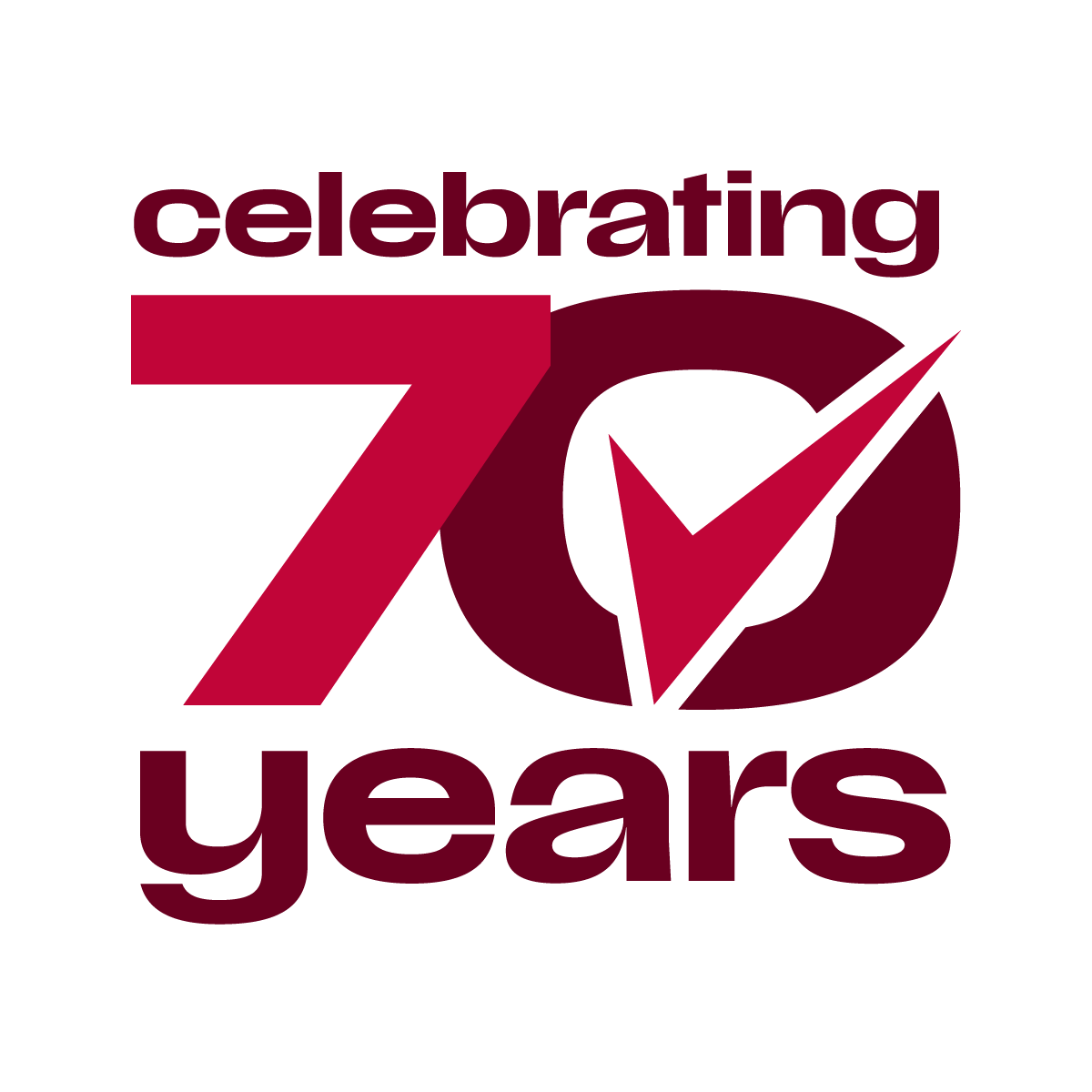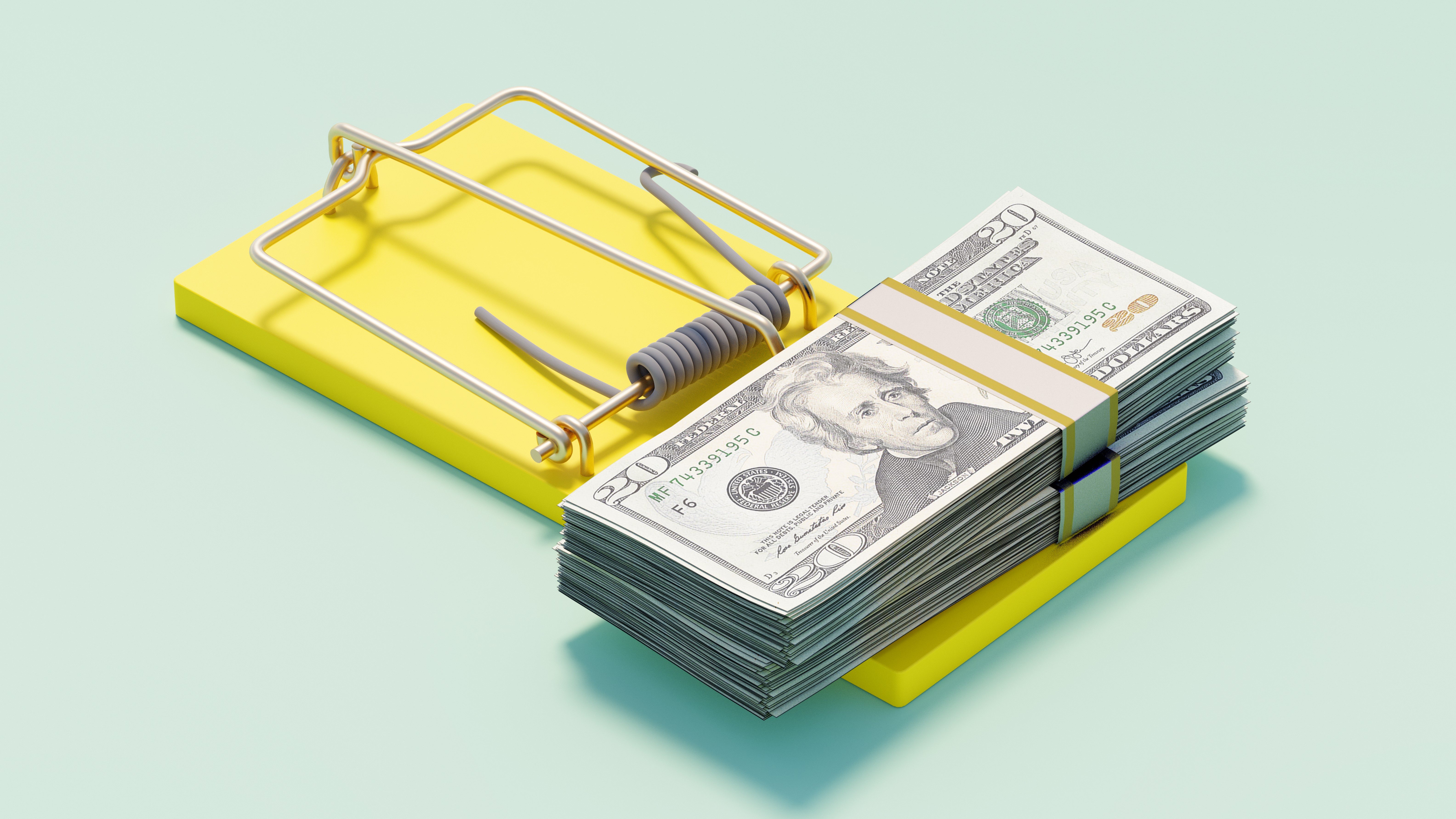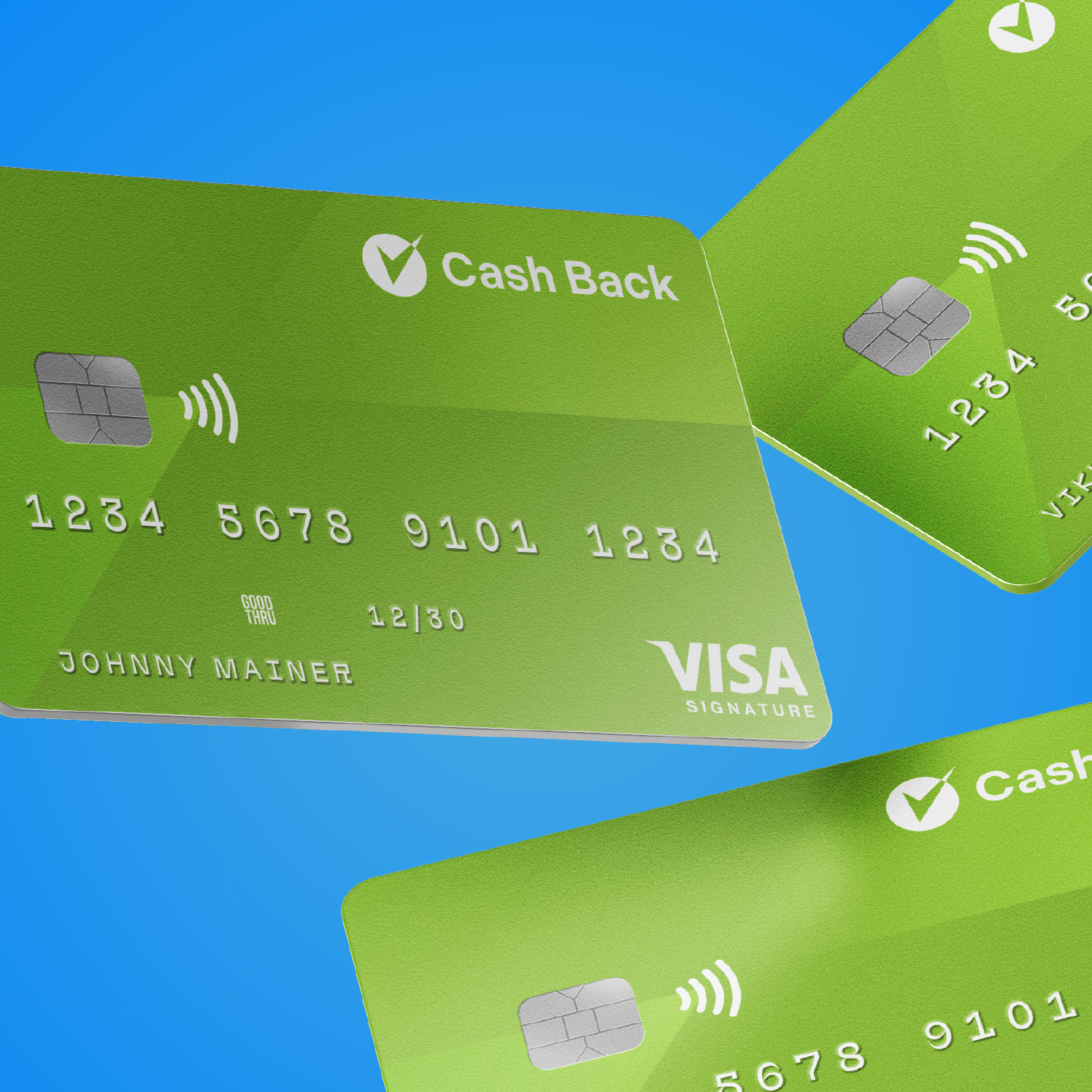With high costs, rising interest rates, and multiple financial responsibilities, it’s easy to have credit card debt creep up on you. If you’re feeling buried by debt and are unsure how or when you’ll get it paid down, this blog is for you. We’ll talk about some tried and true techniques to dig out of credit card debt, go over some common pitfalls, and give you some suggestions on how to get your head above water – and keep it there.
Let’s start with what NOT to do:
Those random ‘debt consolidation companies’ or ‘credit counseling’ offers you see everywhere? Avoid them! While there are very rare cases where those may make sense for someone, 99.9% of the time they are not the right answer. Here’s why:
Many of those companies recommend you STOP paying your credit card bills or other debt, telling you that they can ‘negotiate’ a better rate or lower payments with your financial institution or credit card company (spoilers: they usually can’t). By having you stop making payments, these companies actually tank your credit score and increase your rates by causing you to default on your debt. They do this to ensure you will continue to work with them – once you’ve defaulted on payment, then they’ll reach out to try and get you a reduced payoff at a lower rate – but it’s your credit that they risk. Those reduced payoffs usually mean you will be required to close the card, and your credit report will show the defaulted payments as well as the settlement. All of that will lower your credit score and leave you in a worse position than when you started. These companies do not have your best interest at heart – they are only in it for the fees and their portion of the settlement dollars. Not to mention, many financial institutions will not work with these companies, leaving you with defaulted debts you can’t reduce. Instead, ALWAYS keep up with your payments; even if you can only afford the minimum, you should make sure those are made on time every month.
Don’t ‘rob Peter to pay Paul’. If you are strapped for cash and having a hard time making payments, it’s tempting to use a line of credit or cash advance on another card to help make your other payments. This almost always leads to a cycle where you are increasing your debt load (usually at very high rates and with additional fees) without solving the problem.
Don’t resort to Payday Loans! Whether it’s a well-known company with a location nearby or an online offer, paycheck advance loans are never in your best interest. When all costs are factored in, you are often paying up to 400% interest on those loans – and the companies that offer them rely on you not being able to pay them back during the short term length, which means you come back over and over.
If you’re thinking that any of the above are your only options, PLEASE REACH OUT TO US FIRST. Credit Unions are here to help you avoid predatory lending and settlements. We care about YOU – not how much money you can make us.
So, what are the best ways to pay down your debt?
First and foremost, you need to get a handle on what you owe. Yes, it can feel overwhelming, scary, embarrassing, and cause anxiety to look your debt in the face, but there’s no better way to start slaying the debt dragon then by staring it down. If you’ve got a non-judgmental spouse, close friend, or family member that you trust, it can be helpful to ask them to sit down with you and help support you while you take these first steps – it may even inspire them to do the same. There is no shame in feeling overwhelmed by debt; it happens to almost everyone at some point. By tackling it, you are showing strength – so be proud of your efforts!
List out every debt. It helps to make a table or spreadsheet so you can make sure nothing gets missed. You’ll want to include: The company name; the current balance; the interest rate; the minimum monthly payment; the monthly due date. If you are currently behind on any, make sure to note that. Remember – this list is just for you. You don’t have to share it with anyone, this is just a tool for you to use as you work to pay off your debt. Depending on what method of debt paydown you use, it can help to sort this by highest balance or highest interest rate. We’ll go over some strategies on this below.
Always start by reaching out directly to your financial institutions. Go down the list and reach out to see if it’s possible to get a lower rate or work out a payoff with them directly. Try and do this before you’re in the position of missing payments or defaulting. Not every company will be willing to do this, but some will – this is especially true of credit unions or smaller local banks.
Look at your spending and your budget. Paying down debt means paying more than the minimum payment on at least one credit card a month. Do an honest gut check on your budget and spending (check out our recent blogs for tips) and ask where you can cut back. Maybe it’s a smaller cable/internet package or cutting out some streaming services for a bit. Maybe it’s buying a generic version of some of your regular products. This time of year, you can also use any tax refunds or bonus payments from work to put extra money towards debt – it’s not as fun as making a big purchase or going on vacation, but in the long run it will make you feel much better.
Ready to make your plan? Here are some of the most popular techniques:
Highest interest rate method - This approach focuses on your debts with the highest rate of interest – typically credit cards. The goal is to pay off the highest interest rate debt as quickly as possible, because it’s costing you the most. While it may not feel like you’re making quick progress, this method will help you eliminate your costliest debts first, which can save you more money in the long run.
How it works: Sort your debts with the highest interest rate first, regardless of the size of the balance. While keeping up with all your other minimum payments, put any extra money you can towards paying that highest rate debt. Once it’s paid off, take the amount you were paying each month and apply that towards the next highest rate, and so on down the list.
Snowball method - This approach focuses on paying your smallest debts first. The goal is to get rid of small debts and then use those payments to tackle the next smallest, and so on. This method is a good way to feel like you are making progress and keep momentum.
How it works: Sort your debt by the smallest balance first. Like the high-interest rate method, you’ll keep on making the minimum payments on all your other debts, but you’ll put any extra funds you have toward paying off the smallest balance first. Once you’ve paid one smaller debt in full, dedicate that freed up money to the next smallest debt. This way, you create a “snowball” of payments as you eliminate each debt.
Debt consolidation - If you’ve got a lot of payments and want to reduce how many different places you are paying, you can look at consolidating everything together. Work directly with a trusted financial institution (like a credit union!) to build the best solution for you. A common debt consolidation option is a personal loan, where you can use the loan to pay off your cards, and then just have one large payment. If you are going with this method, it’s important to work with someone you trust, and not a nameless debt counseling or consolidation company that will give you bad advice and cause more damage. At TruChoice, we also look at any equity you may have in your car or home to help ensure you’re getting the lowest possible rate on your consolidation.
The most important thing to remember as you start your journey is that YOU ARE NOT ALONE. At TruChoice, we’ve got your back. As a member, your financial well-being is the reason we’re here, and we can help you every step of the way. Your goals are our goals. Reach out to us today, and we’ll get you started on your way!






